
At some point we’ve all stained a favorite item of clothing, whether it’s spaghetti sauce dripped down a white shirt, a pen leaked in your pocket, or a kid came home covered in mud and grass stains. Stop playing roulette with your washing machine, wondering if it will remove the stain or set it for good.
Follow our quick tips and whatever the stain, whatever the material, we’ll help you get it out. Just remember to always test any cleaner on an inconspicuous spot first.
Cleaning Different Types of Stains
Different materials leave different stains, and require individual treatment for the best removal results. Oil and protein-based stains will set if you flush them with warm water, and other stains don’t react well with acid or alkali cleaners. However with the right solution, and a bit of patience, even old stains can be removed from most fabrics.
Red wine stain removal
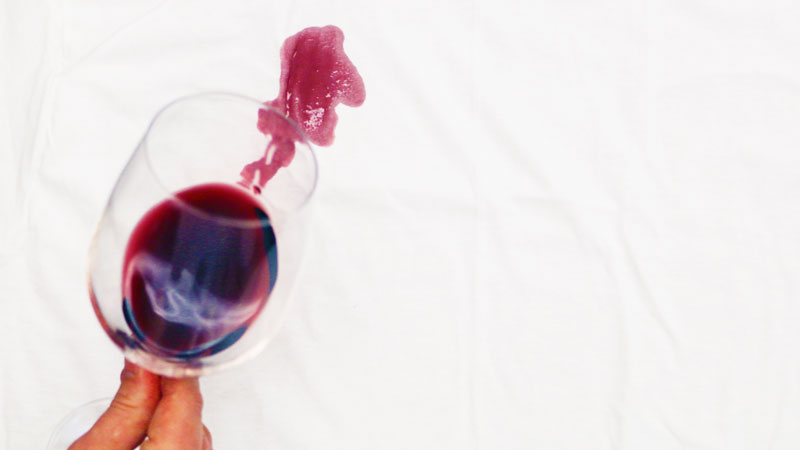
The classic nightmare stain, red wine stains almost instantly and can be incredibly difficult to remove. Ignore the club soda or white wine and instead reach for the table salt. Cover the stain with a thick layer of salt to soak up the color—you’ll notice it turning pink straight away. Once you’ve absorbed up as much of the stain as possible, soak the fabric in cold water with laundry detergent
overnight, then wash as usual.
Fruit juice stain removal
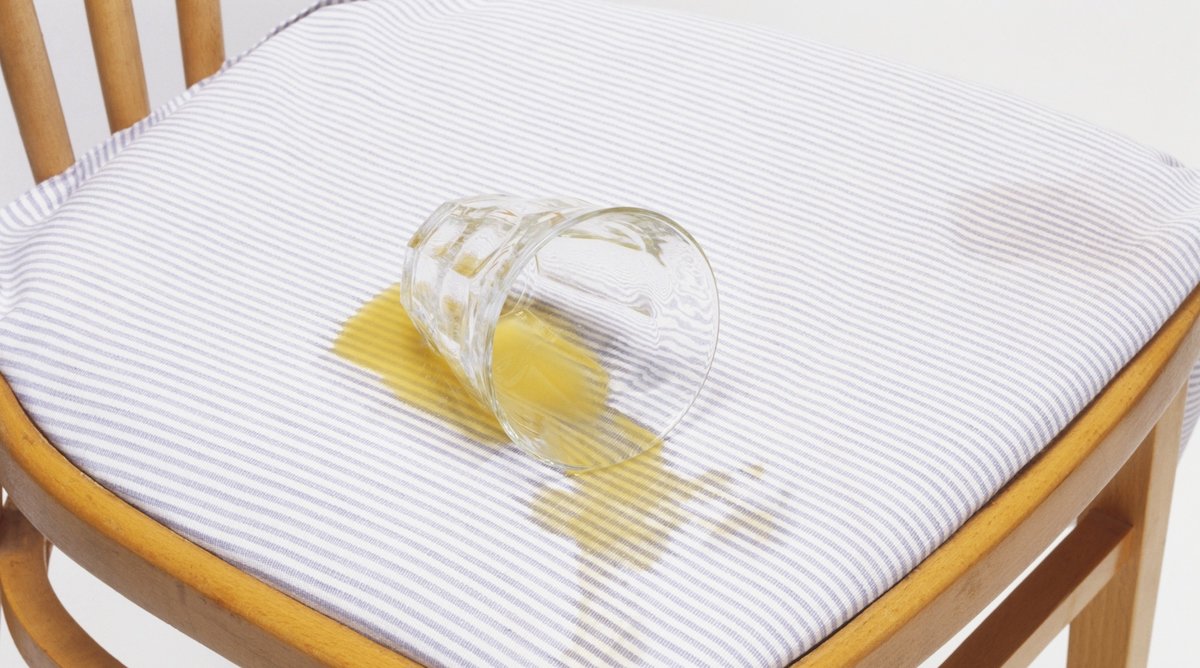
Not as tricky as red wine, fruit juices such as grape, cranberry and OJ can still leave nasty stains on your clothes. Don’t use soap flakes or laundry detergent on these types of stains, as they may contain tannins that make them harder to remove. Instead, flush the garment thoroughly with cold water then soak for 15 minutes in a mixture of 1-quart water, a tablespoon of white vinegar and half a teaspoon of dish soap.
Coffee stain removal

Coffee stains need to be tackled quickly to completely remove them from your clothing. Get as much of the coffee out as fast as possible using cold water, and blot up the excess. Then soak the clothes in the same mixture of vinegar and dish soap as for fruit juice, or dab with a sponge and rubbing alcohol to remove very stubborn stains.
Marker pen stain removal

Ink stains can be troublesome, but help is at hand from a surprising source—hairspray. Even permanent marker can be removed with cheap hairspray that has a high alcohol content (check the ingredients before you start to make sure your brand does have alcohol in it). Simply place the garment on a flat surface with a cloth or towel under the stain to prevent it spreading, and press it firmly with a cotton ball soaked in hairspray. Continue blotting until the stain has been transferred, changing the cotton when necessary.
Grease and oil stain removal

Grease and oil can be among the most difficult stains to remove, so turn to a solution that’s designed for cutting through them and breaking them up: dishwashing liquid. It doesn’t matter what type of grease or oil you’re trying to remove, from bacon drippings to motor oil, rinsing the stain with cold water and rubbing it with dish soap will help to break it up and undo the damage. If the stain is
particularly bad, follow up with an enzymatic laundry detergent specifically designed for grease and oil, and wash on a hot cycle.
Tomato-based sauce stain removal
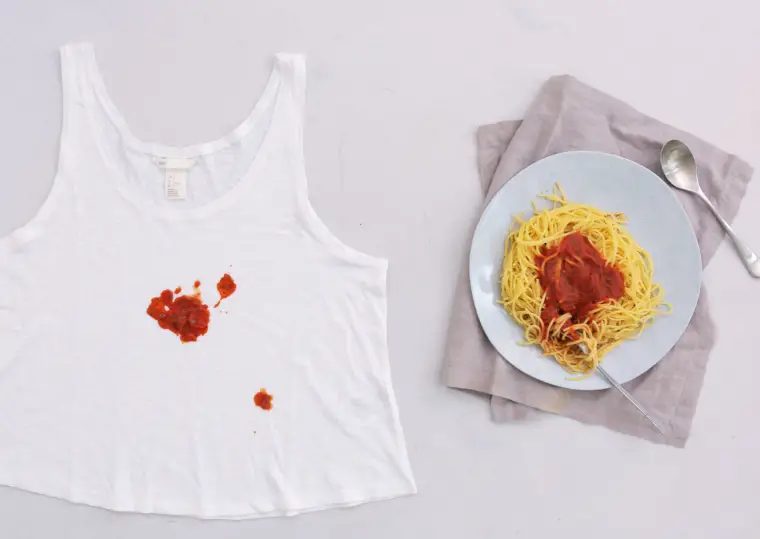
Eating spaghetti is fun, but removing the sauce from clothing isn’t. Most tomato-based sauces have an oily component that makes them particularly difficult to remove. Apply a dishwashing detergent designed to cut through grease directly to tomato-based stains and gently work the stain out, repeating as necessary.
Chocolate stain removal
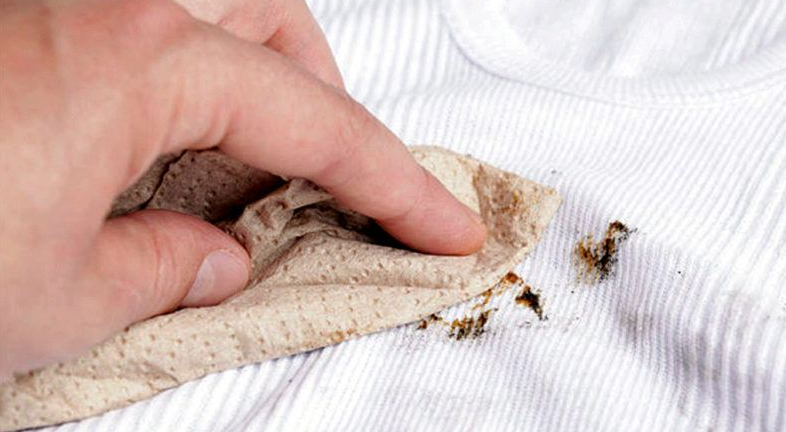
Chocolate also causes oily stains because of its high fat content. When you need to get it out of your clothes, spray the stain with a small amount of non-gel shaving cream. Gently rub the cream into the stain, blot with water, and repeat if necessary until all traces of chocolate have gone.
Butter stain removal
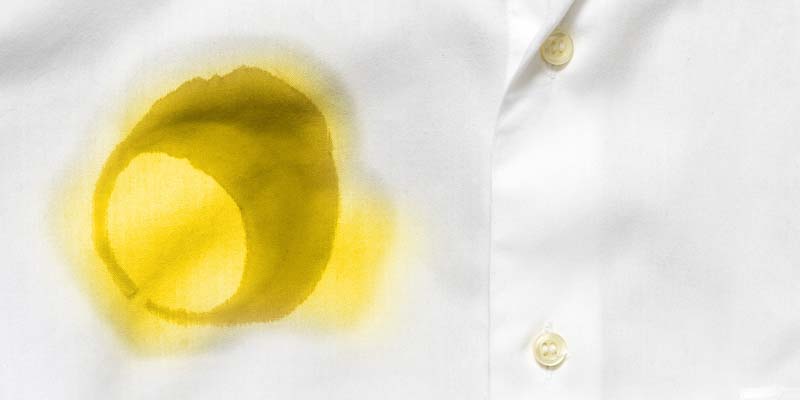
If you get butter on your clothes, look to your garage for a solution. The lubricating fluid WD-40 makes an unusual, but very effective, oily stain remover. WD-40 is an emulsifier that helps blend water and oil, meaning your cleaning efforts are more effective once it’s applied. It works best on dry stains, and will help loosen them so they can be removed. Just spray the stain, leave for a few minutes,
then wash as normal.
Dairy and eggs stain removal
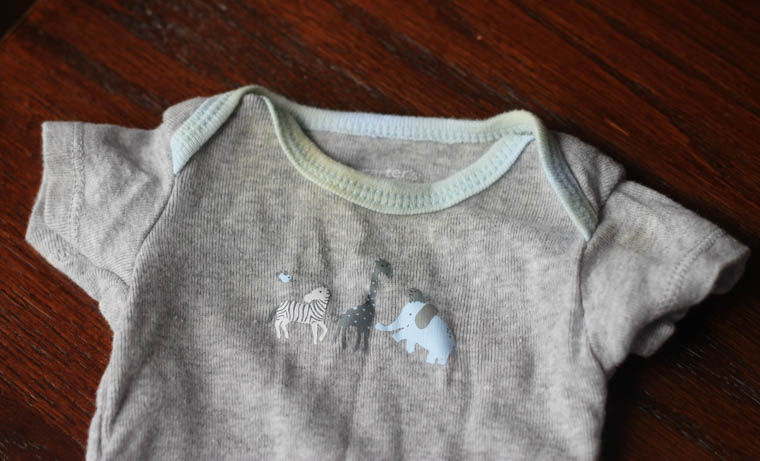
Some food products need special stain removing treatment. Dairy and eggs both contain proteins that react with high temperatures, meaning putting stained clothing into a warm wash will cook them and set stains like cement. Instead, start by blotting away the excess and then rub the stain with a 50/50 mixture of dish soap and baking soda. Rinse clean with cold water, and repeat if necessary.
Mud stain removal
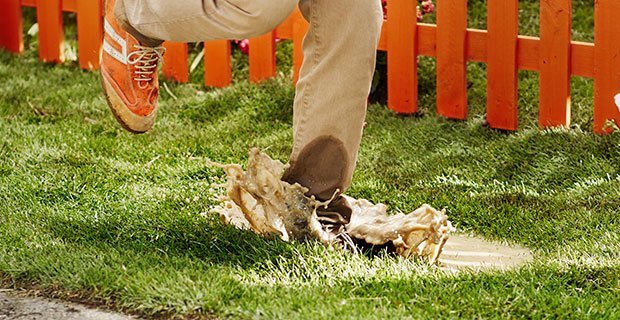
Mud stains are a sign of a happy childhood, but unhappy clothes. The first thing to do with mud is let it dry. You’ll find it much easier to remove any excess and agitate most of the stain loose afterwards. Then use laundry detergent and a little bit of water directly on the stain to scrub it clean. You can also try a 50/50 mix of white vinegar and water on colorfast fabrics to get the same results.
Grass stain removal
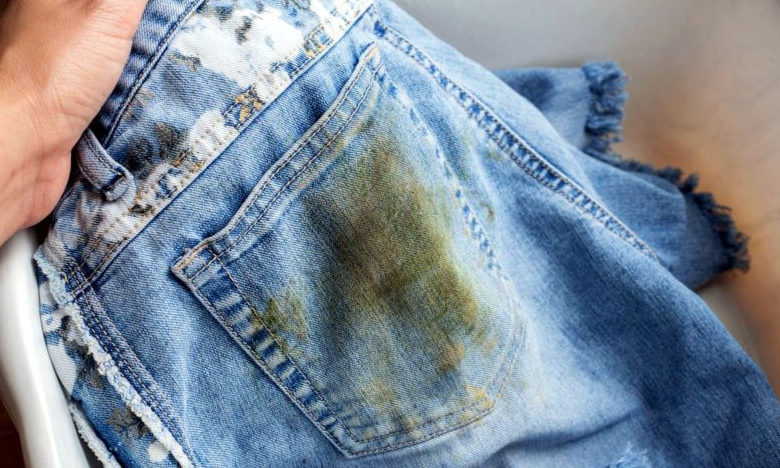
Where there’s mud, there’s usually grass. However these two stains need to be treated quite differently. For best results with grass stain removal, soak the clothes in
cold water, then blot stubborn areas with rubbing alcohol before washing.
Mildew stain removal
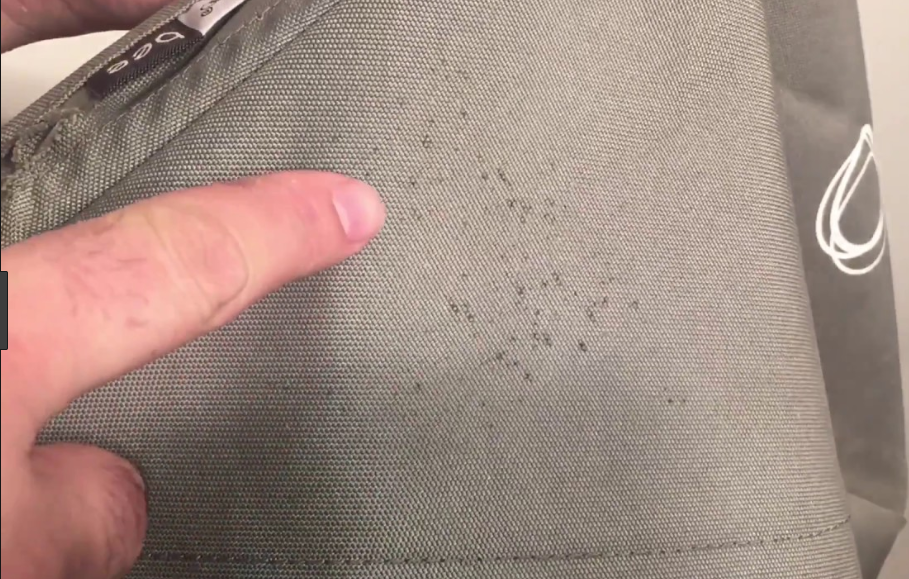
There’s nothing worse than musty clothes, and mildew is usually the culprit. In order to remove the smell and stains mildew leaves behind, soak clothes in a 50/50 mixture of
vinegar and water, with a liberal sprinkling of salt. For heavy stains, just use vinegar and salt, then wash on a hot cycle.
Deodorant stain removal
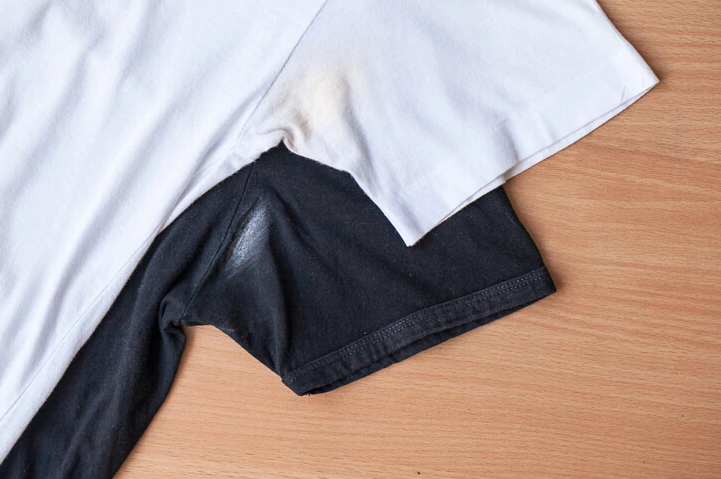
We’re all familiar with the annoying marks deodorant sometimes leaves behind, but there’s a household cleaner capable of removing them—shampoo. Shampoo is an effective cleanser that’s gentle on your skin, making it perfect for stains in sensitive spots. Simply apply a few drops to the stain and rub it in before washing as usual.
Lipstick stain removal
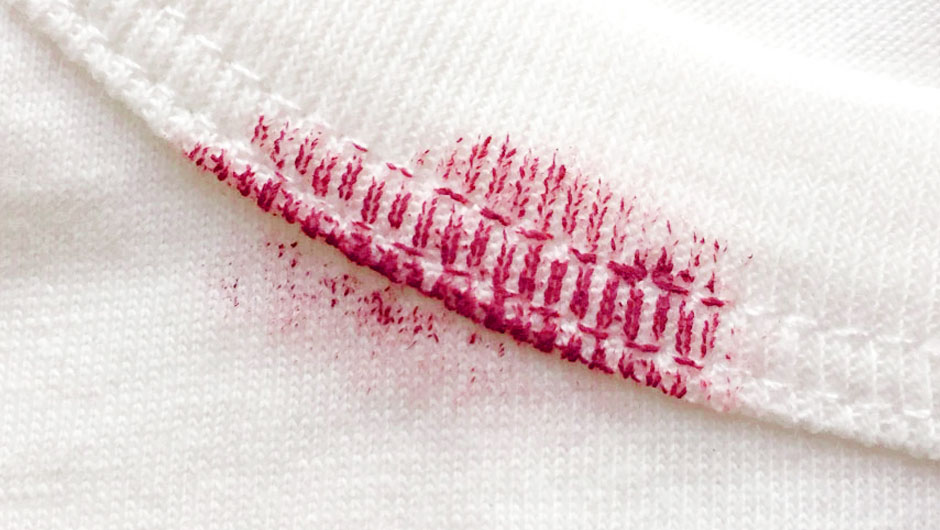
Nobody wants lipstick on their collar, but if you’ve got some peanut butter handy you’ll soon have it out. Cover the stain with a thin layer of peanut butter and leave it until it’s almost completely dry (about 30 minutes). Then wash with warm water and dishwashing liquid and the stain should be gone.
Makeup stain removal
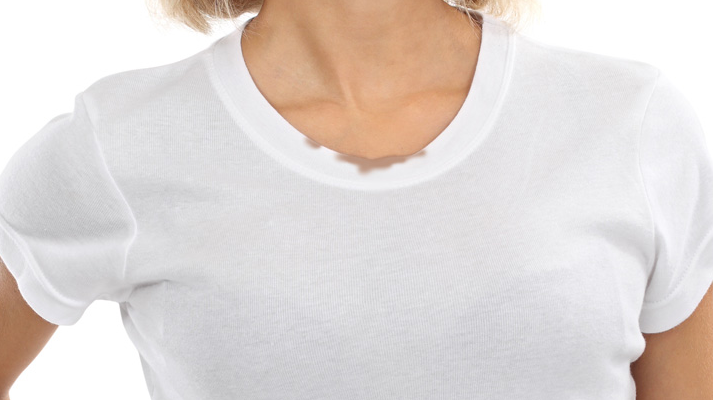
Most makeup items contain dyes that make them difficult to remove if they get on your clothes, towels, or pillowcases. Before treating makeup stains, make sure to remove any excess with a knife, rather than rubbing, and blot the area with a damp paper towel. Use hydrogen peroxide to rub the stain out using an old toothbrush.
Bodily fluids stain removal
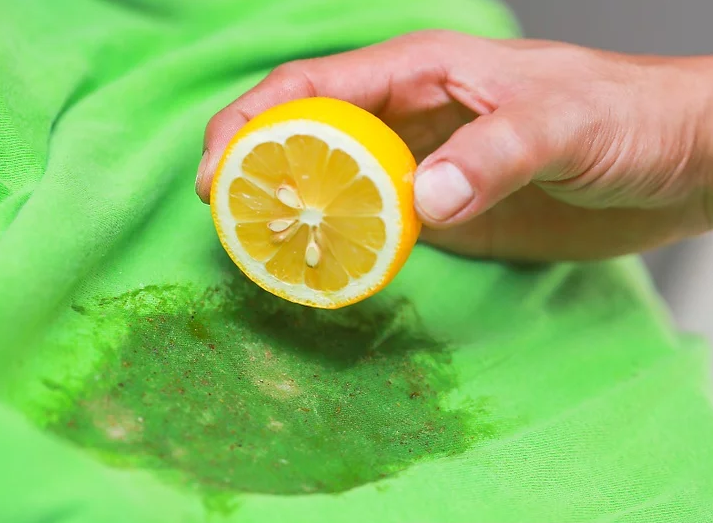
Like eggs and dairy, most bodily fluids contain proteins that will set if they are heated. Start by rinsing the area with cold water to wash out as much as possible, then follow with a mild acid. Make a mixture of two parts water to one part white vinegar or lemon juice, or a paste using cream of tartar and water, and blot the stain to remove as much as possible before washing with an enzymatic laundry detergent for best results.
Blood stain removal
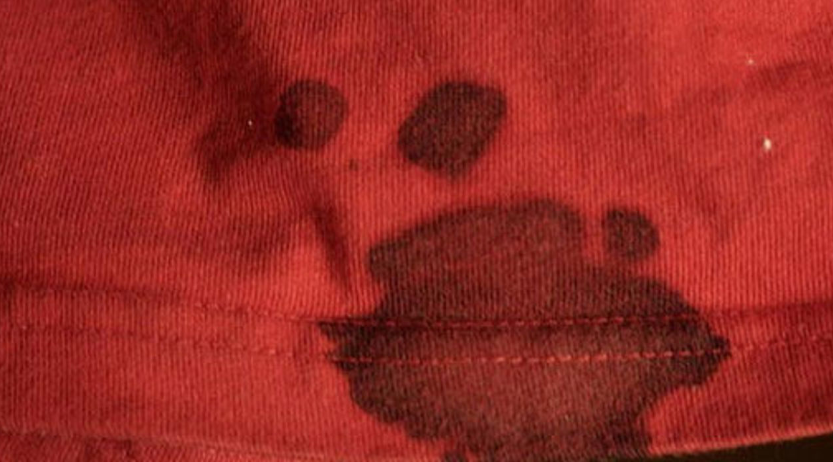
Bloodstains are among the most difficult organic proteins to remove. If you get blood on delicate fabrics you’re best taking them to a professional cleaner, as most effective
blood-removal techniques will damage them. For tougher materials, start by soaking in cold water and rub the stain to get as much blood out as possible. If the water turns pink, replace it and don’t stop until it runs clear.
For the next step, try covering the stain with salt in order to bring out as much of the color as you can, or soak the garments in contact lens solution to achieve the same results. Aspirin can also lift blood out of fabric. Crush a few tablets and make a paste with water and cover the stain. Leave it on for at least half an hour, preferably
overnight, and then wash as normal.
Stain Removal by Fabric Type
Some fabrics require more specialized treatment than others. While the above tips are effective on most clothing types, always spot-check first for color fastness and adverse reactions.
Whites
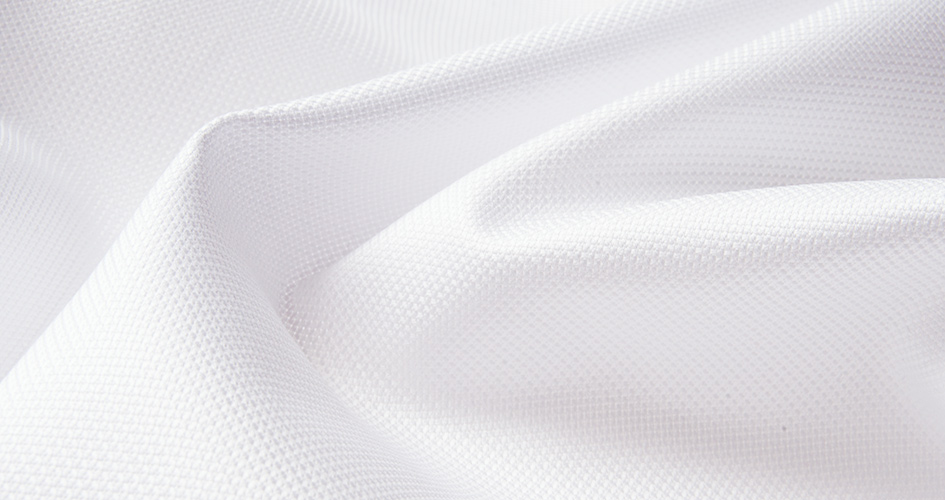
We all want to keep our whites sparkling, but even with the best care that isn’t always possible. When your whites get stained, time is of the essence. The sooner you can get the stain out, the less damage there will be. Try to isolate the stained area from the rest of the garment by placing a towel between the front and back to stop it soaking through, and if you’re using another cloth to remove the stain, make sure it’s also white or you risk darkening the stain even more.
Darks
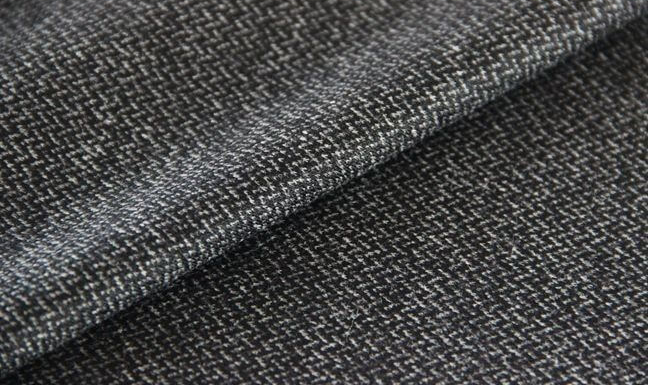
Stains are less noticeable on dark clothes, but accidental bleaching from a cleanup gone wrong will stand out starkly. Avoid any solutions that can strip dye from fabric,
especially bleach (oxygenized non-chlorine bleach is the exception that’s usually safe to use on manufacturer’s dye). Instead, use hydrogen peroxide but do so sparingly, as prolonged or heavy use can cause colors to fade.
Delicate
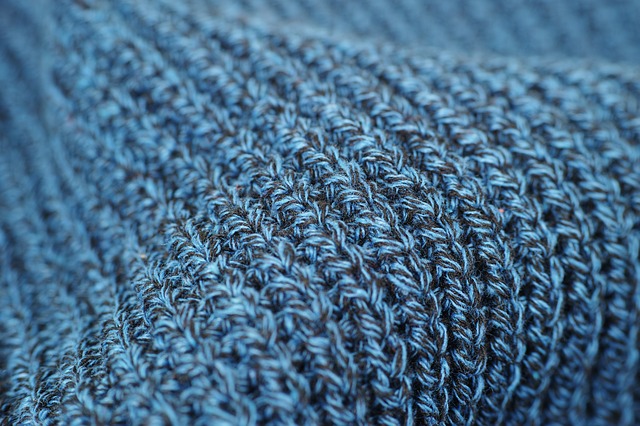
There aren’t many home stain removal remedies that work well on delicate fabrics, because they’re just too fragile. If you do want to try removing stains from delicate clothes yourself, pay attention to the laundry instructions on the label and never heat a fabric too high.